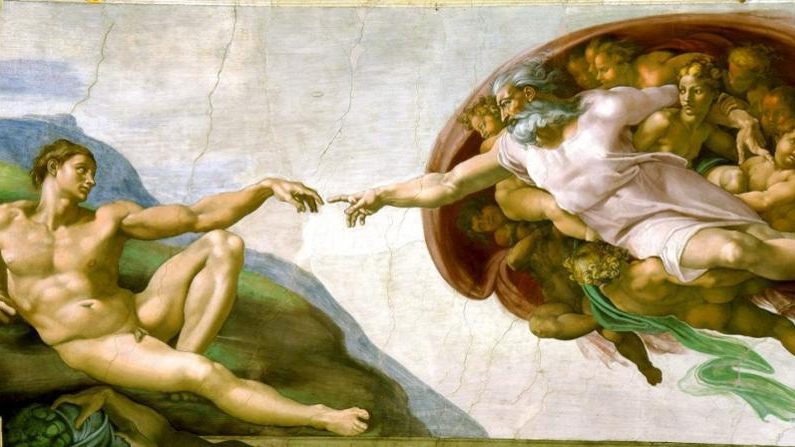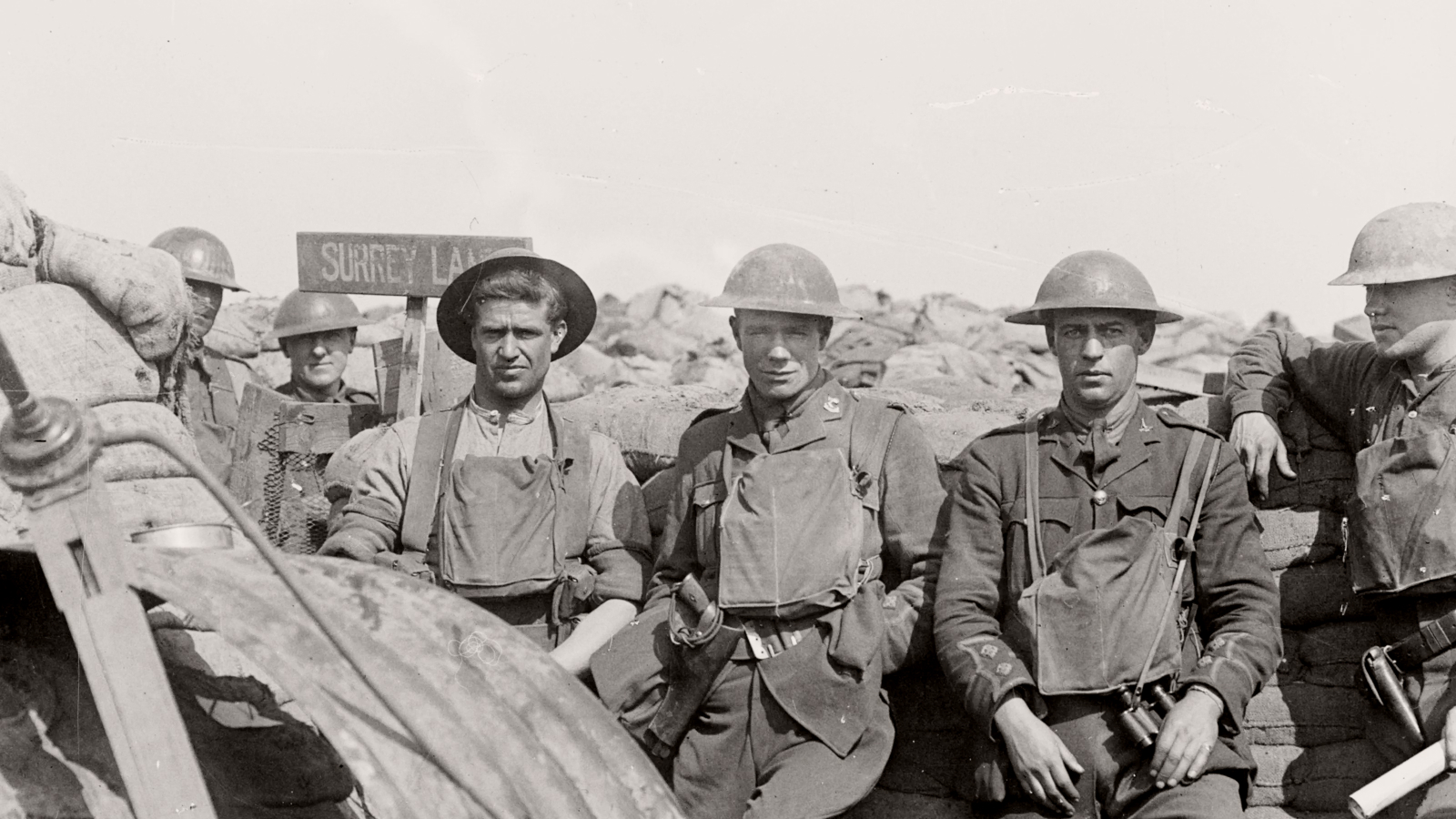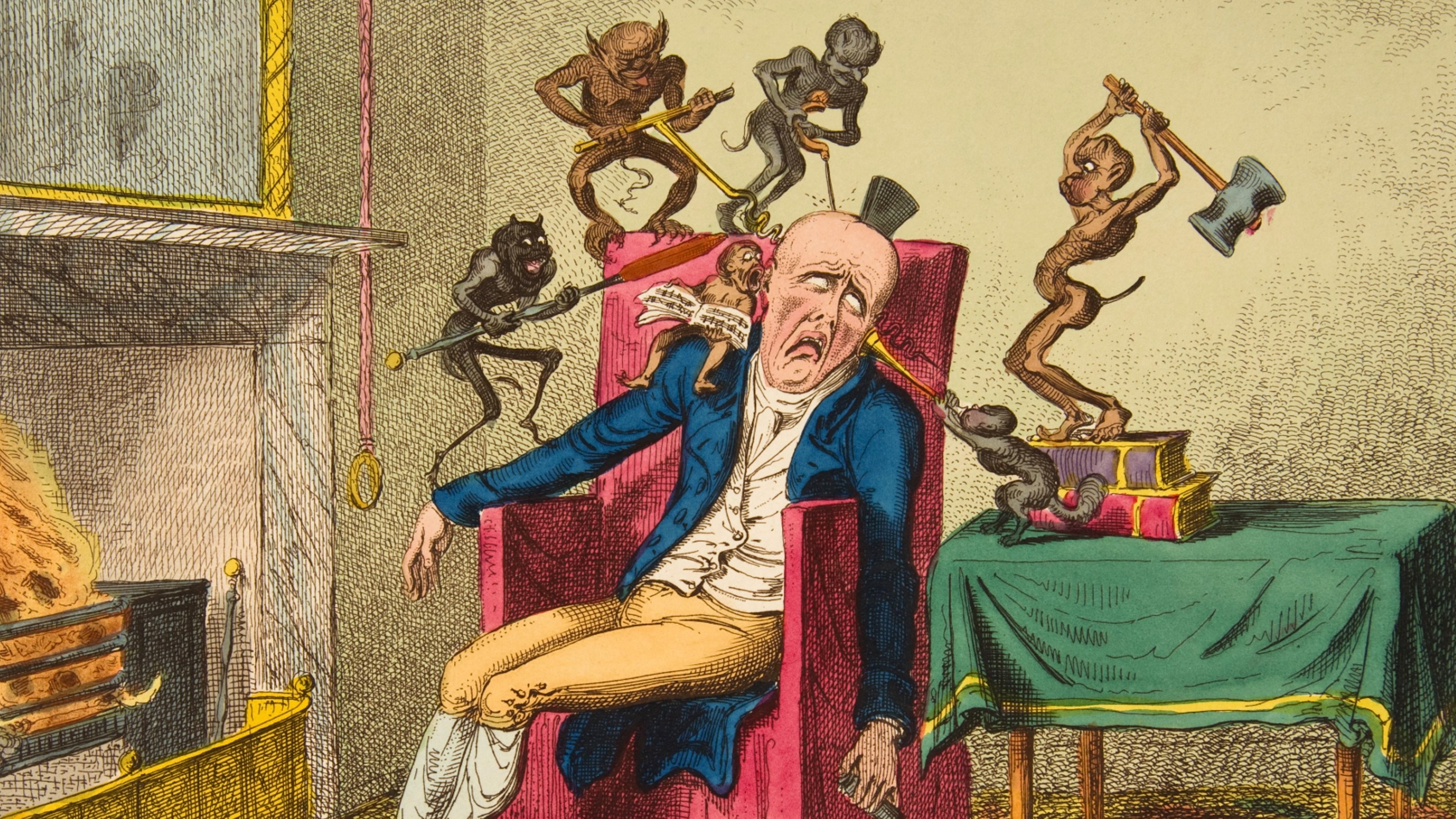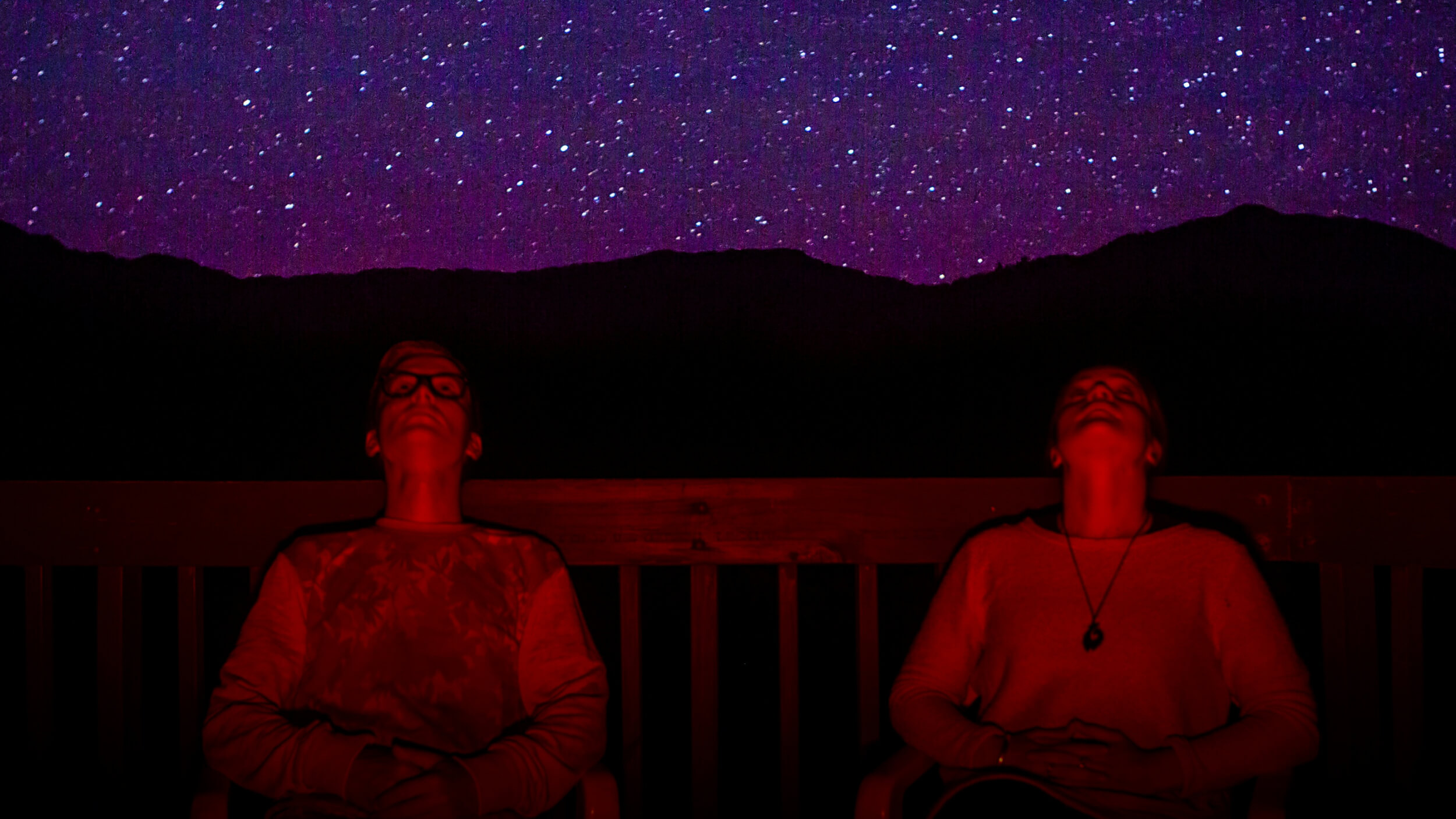Gay Talese describes the deleterious effects that recording devices, hollowed expense accounts, and an emphasis on ‘indoor life’ have had on the writing process.
Question: Is investigative journalism in danger?
Gay Talese: It’s very difficult. Sometimes in my senior years a lot of work in print; I’m asked to go to colleges to teach a class or speak before students of nonfiction writing, and they ask a lot of questions. How did you do this, and how did you do that, and I tell them.
But sometimes I think to myself, how are these people going to get a job? And while these people are very interested and eager and certainly attentive to what I am saying in these classroom sessions, I wonder, how are they ever going to do it? Because the life is changed, and the year 2009--it’s not at all like it was in 1959 when I started writing for magazines. And I kept writing for magazines through the 1960s into the 70s.
That piece on Frank Sinatra was published in 1966, and when I did that piece, Esquire was the publisher. They sent me out to California. They put me in a very fine hotel – the Beverly Wilshire a Hotel in Beverly Hills, California. I was able to rent a car. I was able to have an expense account and take people to lunch to dinner, and I kept careful records, of course, I have always, of what I spend, because I’m to be reimbursed, and I want to be very accurate about it. And there was never even; I was not getting the cooperation that it was expected I would, because it was expected I would get an interview, but I never got an interview, but I still stayed out there and talked to all these minor people that I mentioned earlier. And never did the editor say, oh listen you better come home.
I actually volunteered when I was staying in the Beverly Wilshire – it was the third or fourth day. I was aware that maybe I should move to a cheaper hotel; find a place I was going to spend a lot of time out there. Turns I out I spent about four weeks at Beverly Hills, just research, and I’d asked the editor if he wanted to me to try to look for a hotel room that wouldn’t be so expensive, and he said, no stay where you are.
Not that that wouldn’t happen now, but a lot of things have happened that make life hard for young writers who would like to do what I used to do, but it’s so changed that the technology I think has had a ruinous effect.
It started with the tape recorder; that was number one the worst thing that ever happened to serious nonfiction writing, was the tape recorder. What this did was allow reporters or magazine writers to use Q and A techniques – question and answer. Take a tape recorder and then rather not much time at all to get a lot of verbatim quotes from well-known people.
Magazines prefer to have well known people when they put them on the cover – usually they’re movie stars or well known people in aspects of political life, and the tape recorder allows the reporter to go to a hotel room, for example, and interview a movie star, and within a matter of about an hour, we’ll get enough for an article and then go back and write it using a lot of direct quotes. Some of these quotes, I said earlier, aren’t quotes that I would want to use because it doesn’t necessarily mean what people have in their heads. It’s rather what’s coming out of their mouths; extended sound bites is what they’re getting.
And also I think in the process of having a tape recorder, they brought the whole format of the magazine article indoors because the tape recorder is done indoors. Most of the pieces that I wrote, and still would write if I was able to do what I want to do, would be outdoors. I travel with people. My technique is hanging out with people.
When I wrote about Sinatra, I was never indoors with him. I was watching him in the studio, and I described him when he was recording. I watched him taking walks in Las Vegas as he went to casino to casino – the scenes of his gambling, going to a prizefight in Las Vegas. There were big scenes, and they were outdoors and they were very descriptive, and they told the reader what it was like to be there.
It wasn’t this narrow question and answer, and the owners of magazines – the publisher or the editor, or the owner are very interested in cost cutting of course, and the tape recorder played right into that.
Moreover, it would be to the advantage of the publisher of a magazine to have things directly on quote with the tape recorder to verify, so the lawyers would be able to fight off any challenge in terms of misquotation and libel suits. So that was another contribution to the cost cutting emphasis that was brought by editors upon the writing process.
What you have now –a great magazine like The New Yorker is the exception—but what you have now is nothing of the kind of art of the magazine piece that I, and many others of my generation, used to practice. We had expense accounts.
Also, the tape recorder meant you didn’t have to send people out to the other side of the United States. You could wait for the movie star or the singing star or the rock star to come to New York, performing at Madison Square Garden and staying in the Pierre Hotel or the Plaza Hotel or wherever they’re staying, and you send somebody over there with a tape recorder for an hour, so they’ll get a lot of quotes.
So the magazine piece is not a work of art anymore.
Recorded on September 22, 2009.





